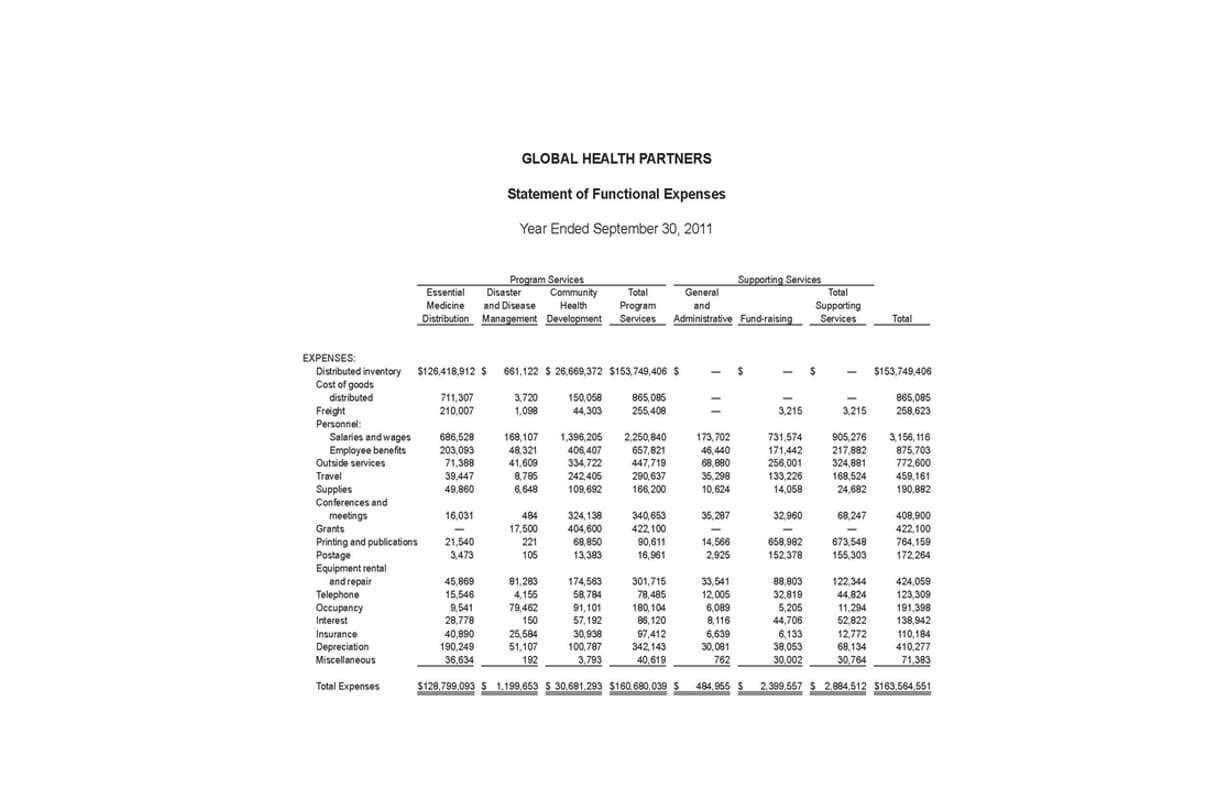
Private equity is often sold to funds and investors that specialize in direct investments in private companies or that engage in leveraged buyouts (LBOs) of public companies. In an LBO transaction, a company receives a loan from a private equity firm to fund the acquisition of a division of another company. Cash flows or the assets of the company being acquired usually secure the loan. Mezzanine debt is a private loan, usually provided by a commercial bank or a mezzanine venture capital firm.
The number of outstanding shares is taken into account when assessing the value of shareholder’s equity. Accounts receivables (AR) consist of the short-term obligations owed to the company by its clients. Companies often sell products or services to customers on credit; these obligations are held in the current assets account until they are paid off by the clients. Cash, the most fundamental of current assets, also includes non-restricted bank accounts and checks. Cash equivalents are very safe assets that can be readily converted into cash; U.S.
Looking at the same period one year earlier, we can see that the year-over-year (YOY) change in equity was an increase of $9.5 billion. The balance sheet shows this decrease is due to a decrease in assets, but a larger decrease in liabilities. Conceptually, stockholders’ equity is useful as a means of judging the funds retained within a business. If this figure is negative, it may indicate an oncoming bankruptcy for that business, particularly if there exists a large debt liability as well.
Finally, it’s important to note that owner’s equity is different from an owner’s draw, which refers to money that is actually paid to the owner(s) of a business. With a greater understanding of a balance sheet and how it is constructed, we can review some techniques used to analyze the information contained within a balance sheet. The current portion of longer-term borrowing, such as the latest interest payment on a 10-year loan, is also recorded as a current liability. Over 1.8 million professionals use CFI to learn accounting, financial analysis, modeling and more. Start with a free account to explore 20+ always-free courses and hundreds of finance templates and cheat sheets.
Long-term liabilities are obligations that are due for repayment over periods longer than one year. Companies may have bonds payable, leases, and pension obligations under https://www.bookstime.com/ this category. If the company ever needs to be liquidated, SE is the amount of money that would be returned to these owners after all other debts are satisfied.
Sometimes, a venture capitalist will take a seat on the board of directors for its portfolio companies, ensuring an active role in guiding the company. Venture capitalists look to hit big early on and exit investments within five to seven years. An LBO is one of the most common types of private equity financing and might occur as a company matures. In addition, shareholder equity can represent the book value of a company. These may include loans, accounts payable, mortgages, deferred revenues, bond issues, warranties, and accrued expenses.
For this reason, a balance alone may not paint the full picture of a company’s financial health. The term balance sheet refers to a financial statement that reports a company’s assets, liabilities, and shareholder equity at a specific point in time. Balance sheets provide the basis for computing rates of return for investors and evaluating a company’s capital structure. Investors are wary of companies with negative shareholder equity since such companies are total equity formula considered risky to invest in, and shareholders may not get a return on their investment if the condition persists. For example, if the assets are liquidated in a negative shareholder equity situation, all assets will be insufficient to pay all of the debt, and shareholders will walk away with nothing. Shareholders’ equity can help to compare the total amount invested in the company versus the returns generated by the company during a specific period.
